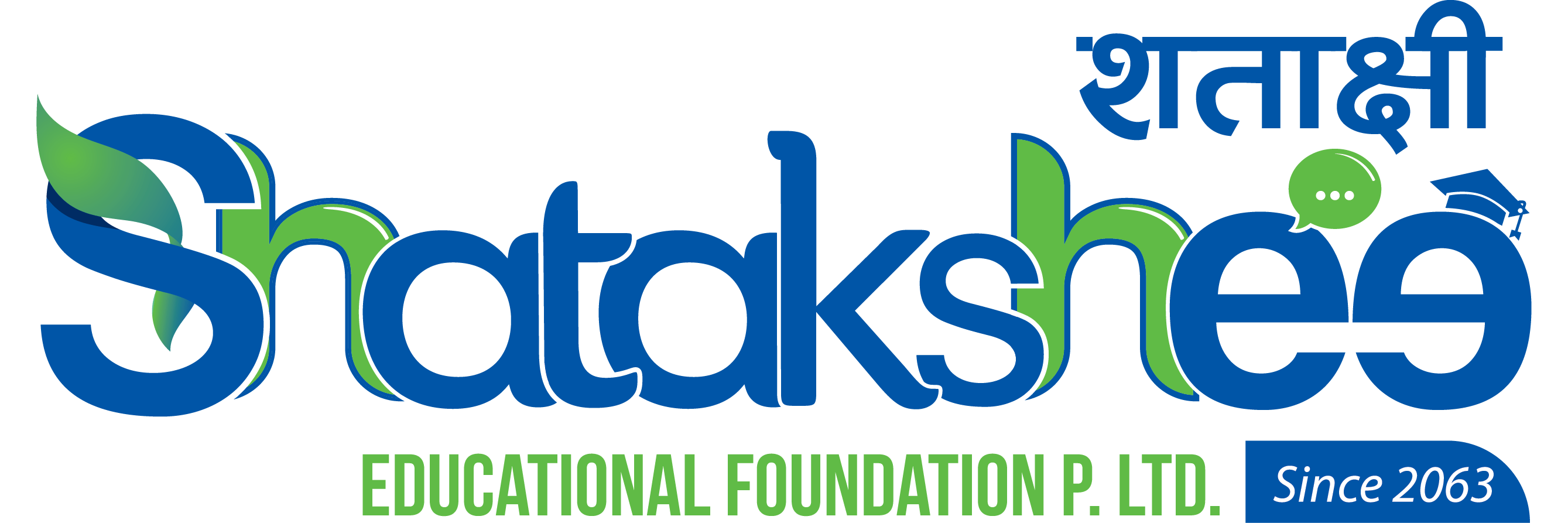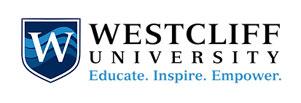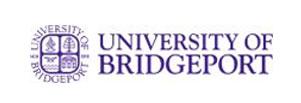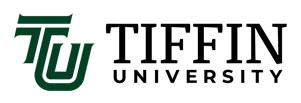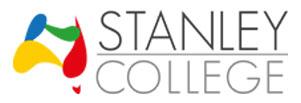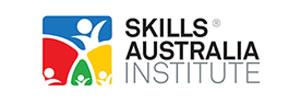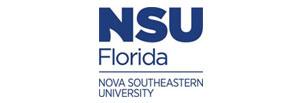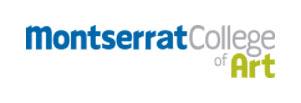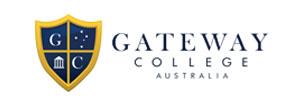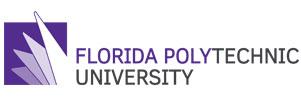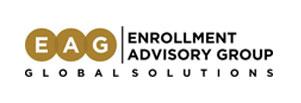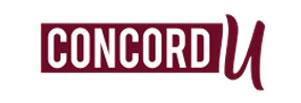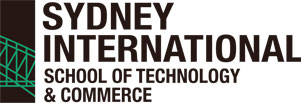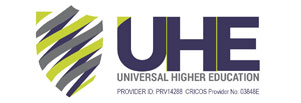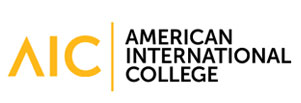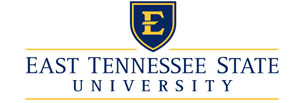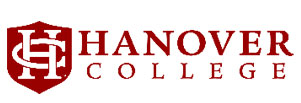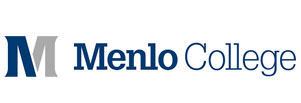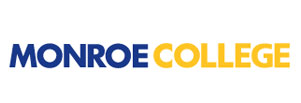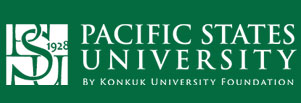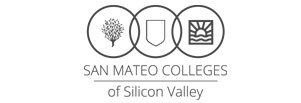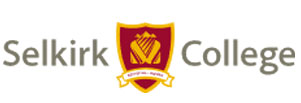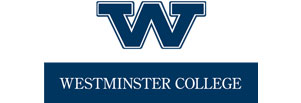
Study in USA
About Study In the USA
The U.S. is a country of 50 states covering a vast swath of North America, with Alaska in the extreme Northwest and Hawaii extending the nation’s presence into the Pacific Ocean. Major cities include New York, a global finance and culture center, and Washington, DC, the capital, both on the Atlantic Coast; Los Angeles, famed for filmmaking, on the Pacific Coast; and the Midwestern metropolis Chicago. The Statue of Liberty, the White House, and the Bald Eagle are just some of the iconic images that may come to mind when students think of the United States of America. The United States is a federal republic with a strong tradition of democracy. The political powers are constitutionally divided between the federal and state governments, and the legislative, judicial, and executive branches. The president is the leader of the executive branch and Head of State. American politics has been dominated by a two-party system consisting of the Democratic Party and the Republican Party. In 2012, the United States was ranked third behind Norway and Australia, on the United Nations(UN) list of the best country to live.
The US means many things to different people. For some, it is an economic and political powerhouse and an influential player on the world stage; for others, it is defined by its entertainment industry – Hollywood films and the bright lights of Broadway. And for years many have seen it as the land of opportunity, a destination for immigrants seeking new freedom and wealth.
Location, Geography, and Population
The United States of America borders Canada to the north, Mexico to the south, the North Atlantic Ocean to the east, and the North Pacific Ocean to the west. At roughly 9.8 million square kilometers, the U.S. is the world’s third-largest country in size and population and one of the most ethnically diverse and multicultural nations. The U.S. consists of 50 states (48 continental plus Alaska and Hawaii), a federal district, Washington D.C., and small territories in the Pacific and Caribbean. The capital city is Washington, D.C. Around 314 million people live in the United States, making it the 3rd most populous country in the world, after China and India.
Climate
The climate in the US varies by place and time of year. Mostly temperate(i.e. mild), it can range from tropical in Hawaii and Florida, to freezing cold in Alaska, and extremely dry and hot in the deserts in the Southwest. The US has four seasons: Summer (starts from the last Monday in May to the first Monday in September), Spring (begins in March and ends in May), Fall (starts from September and ends in November) and Winter (starts in December and ends in February). It is really advisable to learn about the typical climate in the respective state and plan accordingly. For more detailed information, please visit http://www.weather.gov.
With its large size and geographic variety, the U.S. includes most climate types from the tropical atmosphere of Hawaii and Florida to the semi-arid Great Plains; from the arid Mojave Desert to the snow-capped Rocky Mountains, not to mention the cold Arctic climate of Alaska. Because of the climate, the ecology in the U.S. is extremely diverse, with abundant flora and fauna and amazing natural habitats for nature-inspired visitors to explore.
Why Study in the USA?
The US education system offers world-renowned educational opportunities of all shapes and sizes. Students can choose from a variety of excellent educational institutions in cities and towns across the country. The students can experience American college life in a nation that is known for its ethnic and geographic diversity while discovering the sights, sounds, and tests of the US.
Here are just a few of the reasons why international students from around the world are furthering their education in the United States:
Quality: U.S. colleges are known worldwide for the quality of their facilities, resources, and faculty. Accreditation systems ensure that institutions continue to maintain these standards.
Choice: The U.S. education system is unparalleled worldwide in the choice it offers of types of institutions, academic and social environments, entry requirements, degree programs, and subjects in which you can specialize.
Value: As an investment in your future, a U.S. degree offers excellent value for the money. A wide range of tuition fees and living costs, plus some financial help from colleges, has made a study in the United States affordable for thousands of students before you.
Flexibility: One of the most distinctive features of U.S. universities and colleges is flexibility in the choice of courses within a college or university, but more importantly there is also the option for students to move between one institution and another. Completing the first two years of a degree at one institution, usually a community college, and then moving to another, is very common.
In short, we can summarize the importance of studying in the US in the following ways:
- World’s #1 destination for international students due to the most prestigious and top-ranked education globally
- The US offers an Array of High-Quality Education Institutions
- The US is one of the most well-educated countries in the world
- The US is a highly competitive and most technologically powerful economy
- The US values openness and equality
- The US is a diverse and multicultural country
- Worldwide recognition, Accredited Institutions
- Easy Transfer to other College/University
- Flexible tuition fees and up to 100% scholarship facilities
- Third-largest country in the world in terms of size and population
- Some of the highest-quality educational institutions in the world, many with cutting-edge Technological Resources
- Huge range of educational options: some are broadly focused, some are employment-focused, Some are niche (e.g., arts, social sciences, technical)
- Safe, friendly and politically stable country
- Academic freedom of flexibility in the multicultural society
- Different perspectives of instruction that better prepares students for the real World
- Many opportunities to join planned and informal activities with other students, Such as hiking, skiing, museum visits, excursions to new cities, social outings, etc
- Exposure to some of the most up-to-date developments in technology
- Part-time work permit for international students
Education System in the USA
- No Federal Education System
- At Post Secondary level, institutions are divided into:
– Universities: State Universities, Public Universities, Private Universities
– State Colleges
– Community Colleges
- US Education System may be categorized as follow for easy understanding:
– Elementary (Primary) and High School (Secondary School)
– Community College (previously known as Junior Colleges)
– Undergraduate at a College/University
– Master’s Degree at a College/University
– Doctoral Degrees at a University
- US colleges are known worldwide for the quality of their facilities, resources, and faculty. One of the most distinctive features of US universities and colleges is the choice of courses within a single institution. More importantly, students can move between one institution and another with relative ease. It is common to complete the first two years of a degree at one institution, usually a community college and then transfer to another to complete the degree.
- The system comprises of 12 years of primary and high school education, which is mandatory for getting admission in any graduate college, university, or for any professional and technical schools. Therefore students from overseas are also welcomed for higher education in the US.
- US higher education starts with undergraduate courses. You can earn either a two-year associate degree or a four-year bachelor’s degree. Students often earn an associate degree first, and then study two more years to gain a bachelor’s (or baccalaureate) degree. Usually, a university will award a bachelor’s degree, whereas an associate degree may be earned either at a community college or university.
- Undergraduate degrees (and some master’s degrees) are awarded after a student completes a pre-determined number of courses. A student is awarded credits for the courses he or she takes, and the degree is complete when the student completes the required number of credits. This means that although most students complete bachelor’s degrees in four years, some spend longer if they take part-time classes or take time off from school.
- Graduate degrees, often known as master’s degrees, require at least two years at a university after you complete your bachelor’s degree. These are often termed “advanced professional degrees,” as they tend to be aimed at specific professions. Graduate degrees are career-advancing degrees in subjects such as medicine, law, and management. For example, a Master’s in Business Administration (MBA) is the standard business graduate degree. Doctorates (PhDs) usually take four years to complete and are research-based.
Cost of Education in the USA

Types of Accommodation:
a. Support from the Educational Institutions
- Residence/Dormitory
- Private Accommodation
b. The Lease
Universities Overview in the USA
The process for coming to the United States to study consists of several important steps. It is important that you understand and follow the process in order to enjoy a successful study visit. You should begin the process of planning a study visit at least a year ahead of when you want to enroll in a U.S. school or higher education institution.
PRELIMINARY STEPS:
First, you need to review the information presented by USNEI and by EducationUSA, the U.S. Department of State’s online guide to visiting the United States for purposes of the study.
Second, you need to contact the EducationUSA Advising Center nearest to you. The advising center staff and its reference library can answer many questions, help you in your planning, and advise you on programs and the visa process.
Countries with Limited or No Visa Services provides information and guidance for persons wishing to come to the United States from countries where U.S. visa services are restricted, suspended, or where there is no U.S. diplomatic presence.
Go to Financial Assistance for U.S. Study for information and resources that may help you finance a study visit.
EXCHANGES:
If you are interested in applying for an exchange program sponsored by the U.S. government, you can find information about the various programs at Exchange Programs to the United States.
Search Designated Sponsors is a searchable database of approved sponsors for student and professional exchange visitors participating in U.S. Department of State exchange programs.
Council for Standards in International Education and Travel (CSIET) provides information about private exchanges for school-age students and school teachers as well as a directory of exchange programs approved by CSIET.
Alliance for International Educational and Cultural Exchange is an organization of private exchange providers for students and educators at all levels that provides information resources and directories of exchange programs.
Mobility International USA (MIUSA) provides information for students with disabilities who may be interested in exchange programs, important resources, and links to exchange programs with accommodations. The MIUSA National Clearinghouse is sponsored by the U.S. Department of State.
APPLYING TO A SCHOOL OR INSTITUTION:
Next, you need to apply to an accredited U.S. school or higher education institution that is approved for issuing the Form I-17 request for a U.S. Consulate to issue you a visa. You can locate accredited U.S. institutions and programs by going to U.S. Institutions and Programs.
Follow the application requirements set by the admissions office of the institution in which you are interested. Many institutions have international admissions offices or personnel as well as specific information for international students. Virtually all U.S. postsecondary institutions have websites, as do most schools.
An online list of schools and institutions approved by the U.S. government to host international students can be found at MAP of SEVIS-Approved Schools, which is searchable by state and territory and provides location information.
NOTE: Check to be sure that any approved school or higher education institution in which you may be interested is also accredited by a recognized U.S. accrediting agency. Only in this way can you expect authorities in your home country to recognize your U.S. education. Schools only approved by state government agencies, but not also accredited by a recognized accrediting agency, will usually not be recognized.
Standardized tests, such as the TOEFL and others, maybe required both for admission to an academic institution and for your visa application. Go to Standarized Tests for descriptions of these tests and links to their websites.
RECOGNITION OF EDUCATIONAL QUALIFICATIONS:
U.S. schools and higher education institutions will need to evaluate your previous education. It is likely that they will request what U.S. educators call a credential evaluation, which is a statement of the comparability of your qualifications in the context of the U.S. education system. These are usually prepared by credential evaluation services.
Go to Recognition of Foreign Qualifications for important information about this process.
APPLYING FOR A STUDENT OR EXCHANGE VISA:
The U.S. Consulate or Consulates designated in your country to process student visa applications has the sole authority to grant or deny visas as well as to determine the type of visa you will receive. You should check with the U.S. Overseas Educational Advising Center, Embassy, or Interests Section to find out which consulates process student and exchange applications.
International Student FAQs provide important information and guidance on regulations and policies for students interested in coming to the United States, including who is eligible to apply for a visa.
EducationUSA Visa Information provides general information and guidance for student and exchange visas as part of the process for planning a study visit.
Visa Information Page provides detailed information about U.S. visas, visa policies, and related issues.
Legal Requirements for F-1 (Student) Visa Holders in Public Schools provides important information on the restrictions governing certain primary and secondary school students seeking to attend U.S. public schools.
Information for Students in Non-Degree Vocational Programs provides useful guidance to postsecondary students planning to enroll in a U.S. non-degree career or technical education program.
Exchange (J) Visas provides detailed information about exchange visas, requirements and eligibility, and processing.
Websites of U.S. Embassies and Consulates provide links to all U.S. embassies and consulates around the world. The visa section of each U.S. embassy provides important information for student visa applicants from that country, and individual consulates provide specific information relevant to that consulate.
SEVIS Home Page provides detailed information about the Student and Exchange Visitor Information System (SEVIS), which is a background checking system that you will be required to use and for which a fee will be charged by the consulate.
Visa Wait Times Database allows you to check on the current average time, in days, that visa processing takes at each U.S. Consulate.
Source: https://www2.ed.gov/about/offices/list/ous/international/usnei/us/
Do not wait to apply for a visa until the last minute. Make this part of your preliminary planning on time. Feel free to visit shatakshee educational foundation or Contact Us
Required English Tests in the USA
All Undergraduate Courses
- Pass % in 12th grade
- TOEFL: PBT: 500 min., CBT: 173 min., IBT: 61
- IELTS:6.0/5.5
Undergraduate Credit Transfer:
- At least 1st-year pass certificate or first 2 semesters of a Bachelor’s program
For all Graduate Courses
- 4 yrs. Bachelors degree, Above 55%
- GMAT: 580-600 min.
- GRE: 300 or above
- TOEFL: PBT: 580-600 min., CBT: 213 min. IBT: 79
- IELTS: 6.0/6.5
Note: 3 years BBA in Nepal is eligible for direct entry into an MBA as well.
English Language Requirements
All students must submit the required English language Proficiency Test report related to the course. TOEFL 61 iBT or IELTS 5.5 is the minimum test score required to apply in most of the US universities for admissions and scholarships. Over 2500 institutions in the USA recognize the IELTS exams including many top-ranked institutions.
Work Rights and Stay Back
Coming soon…..
Useful Links to study in the USA
http://www2.ed.gov/about/offices/list/ous/international/usnei/edlite-index.html
U.S.NetworkonEducationInformation
Overviewof theU.S.EducationSystem http://educationusa.state.gov/
GuidetoU.S.highereducation
Instituteof internationaleducationforeducationprofessionals
http://www.linkroll.com/vocational-school/an-in-depth-look-of-todays-vocational-education.php
In- depthlookatvocationaleducation
http://www.internationalstudent.com/
Internationalstudentexchangeandstudyabroadcentre
InternationalStudentsPortal
Studyinthe U.S.
AmericanIndependentRecruitmentCouncil
http://www.khake.com/page50.html
CareerandTechnicalVocationalEducationResources
http://www.agri.wsu.edu/acter/
AssociationforCareerandTechnicalEducationResearch(ACTER) http://www.elearners.com/resources/agencies.asp
AccreditingAgencies
http://www.usastudyguide.com/accreditation.htm
RegionalAccreditingOrganisations
http://educationusa.state.gov/home/accreditation-guide
HighereducationintheU.S.
MuseumsintheU.S.
http://www.publiclibraries.com/
Public libraries of the U.S
HistoryoftheU.S.
http://www.usastudyguide.com/americanculture.htm
Americanculture
U.S.Census Data – Statistics
http://www.weatherusa.net
Weather Report
U.S.Department of State
http://www.uscis.gov/portal/site/uscis
U.S.CitizenshipandImmigrationServices
Departmentof Education
GovernmentinformationfortheU.S.
http://www.internationalstudent.com/insurance/
InternationalStudentInsurance
http://www.usastudyguide.com/immigration.htm
Immigrationinformationforstudents.
AssociationofInternationalEducators
AmericanAssociationof IntensiveEnglishPrograms
U.S.DepartmentofState
U.S.Departmentof HomelandSecurity
U.S.ImmigrationandCustomsEnforcement
U.S.CustomsandBorderProtection
StudentandExchangeVisitorProgramme
https://www.usajobs.gov/StudentsAndGrads
US Jobs Portal
https://www.apple.com/jobs/us/students.html
Work with Apple
http://www8.hp.com/us/en/jobs/students.html
Work with HP
http://careers.state.gov/intern
Best tools for Career representing USA
Online Tests:
Scholarship to Study in the USA
Scholarships are principally provided on the basis of academic merits; however, it does not always cover the entire cost of the study. Generally, University/College awards international students for the scholarship ranging from a few thousand dollars to ‘full tuition waiver’ per year for academically sound students. There are different types of scholarships offered including merit-based scholarship, need-based scholarship, cultural sharing scholarship, early application scholarship, work opportunity (in the form of assistance), and so on. So, you are advised to consult with the concerned counselor at Shatakshee for the detail. Please have a note the following points to know the Chances of Getting Scholarship:
- Show evidence of a high level of All-Academic Credentials / Certificates
- Standard proficiency test scores (TOEFL, IELTS, SAT, GRE, GMAT, etc.) as required by concerned universities
- Have an outstanding and impressive Statement of Purpose to show the specific reason to study in the US
- Strong Recommendation Letters from faculty, work supervisors and sometimes from friends
- Arrange a sample of professional writing published in publications.
- Up to date and well-presented resume
- Awards & Achievements, if applicable
- Extra-Curricular Activities, if applicable
- Demonstrate Financial / Affidavit of Support but have to justify private funding to cover the needful cost
- Enroll in a field or have teaching experience in the subject offered at the undergraduate level
- Specialize in a field or have a research interest that parallels as per departments and faculty or private funding source
" An Authorized Representative of 350+ Top International Universities Across 10+ Countries Globally With Upto 100% Scholarship "
What Our Student Say






























Professional Accreditation & Memberships


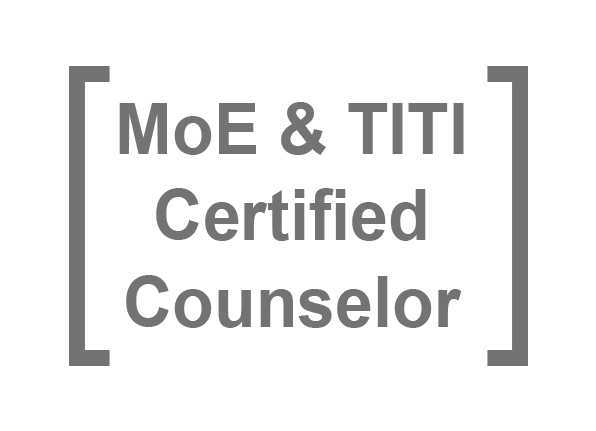






Student's Voice
Voices of students and parents.
